Best infant care & childcare in Singapore: Fees & subsidies 2021

Planning ahead for your child’s education? Here’s everything you need to know about the cost of getting them started on the first step of their education journey: childcare.
The need to juggle income and caregiving is real for many Singaporeans.
The reality is that not many parents have the privilege of staying home to be a full-time caregiver for their child because of the need to bring in income to support the family.
Luckily for parents, there are many childcare centres in Singapore that you can entrust your child with so that you can concentrate on your work.
Here’s a quick primer for working parents on everything you need to know about childcare education in Singapore.
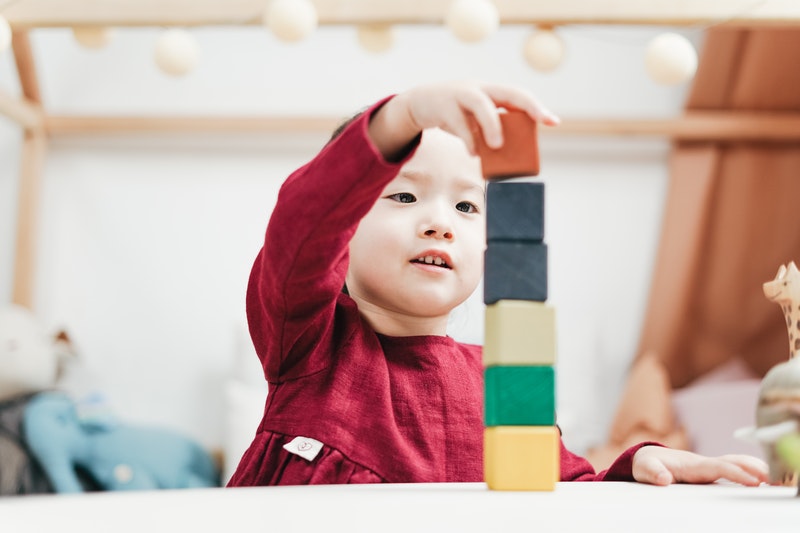
Within childcare centres, you can find groups for the following grades. The children are grouped into different grades based on their age.
In some centres, there are also infant care services provided. Unlike childcare, infant care is meant for younger children, i.e. those who are between two to 18 months.

Childcare centres provide both full-day and half-day care programmes for children below the age of seven.
For full-day programmes, you can leave your child at the childcare centre, and pick them up between 5pm to 7pm, depending on the centre’s arrangement.
[[nid:487548]]
The full-day programme comes with longer nap time, and gives the preschool teachers more time to move the activities around if there’s no time in the morning.
Full-time working parents tend to choose this option because that’s around the time they knock off work as well.
For half-day programmes, you will need to pick up your child around 12 noon as the schedule for half-day classes ends before lunch time.
If you have other caregivers at home (e.g. grandparents) and you just want to let your child learn to socialise in preschool, the half-day programme might be an option for you.

The purpose of sending your child to childcare is to help them build confidence, learn social skills and develop learning dispositions.
In general, every preschool has learning goals that they aim to nurture your child to pick up through their curriculum.
These learning goals fall under the following broad categories as defined by the Nurturing Early Learners (NEL) framework.
Childcare centres cover areas such as music, art or dance to help children express themselves.
Other aspects are achieved through sensory and simple scientific activities to engage their curiosity.
Language, of course, is an essential part of the education process. Childcare centres teach children to speak and communicate in English and their Mother Tongue.
To develop their motor skills, the centres also impart skills such as using chopsticks, and simple activities that include running.
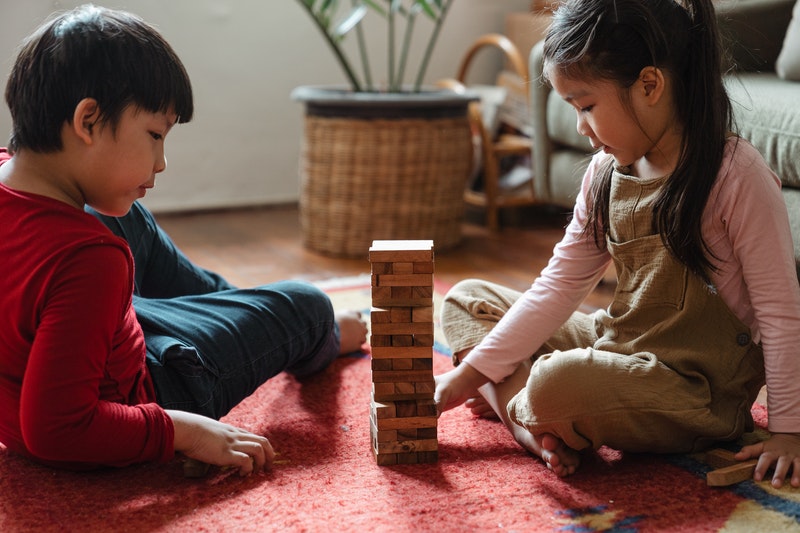
The cost for childcare education varies, depending on the type of childcare centre you send your child to.
Premium private childcare centres come with their own curriculum and teaching philosophy.
Monthly fee: $1,000 to $2,500+ (full-day).
Anchor operators are centres that are funded and supported by the Anchor Operators Scheme.
Monthly fee: Childcare: $720 (half-day); $1,275 (full-day), Infant care: $1,275.
ALSO READ: 10 things you must know when choosing a preschool or childcare centre in Singapore
Partner operators are also funded by the government to keep their fees capped at an affordable rate
Monthly fee: childcare: $760 (half-day); $1,330 (full-day), Infant care: $1,400.
While there are more affordable options, it will still set you back at least $720 a month, which can be quite taxing for lower and middle income families.
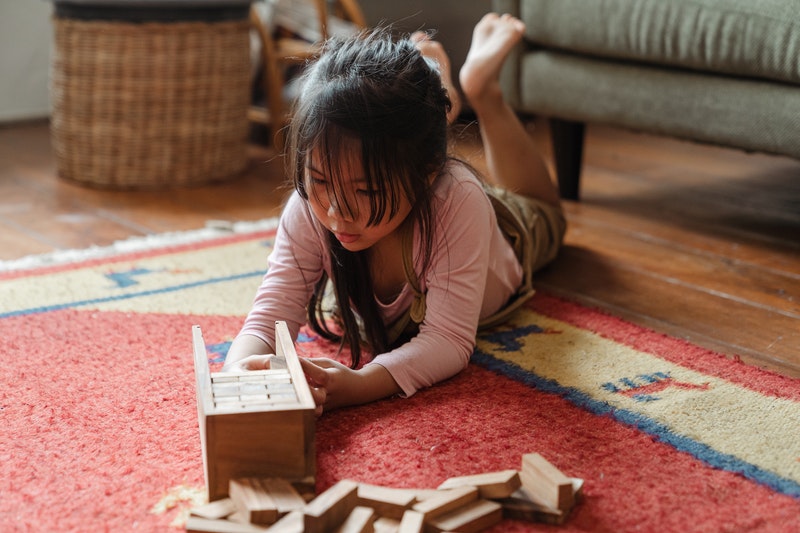
To help defray the cost of preschool expenses for Singaporean children, the government provides subsidies for childcare and infant care centres that are licensed under the Early Childhood Development Agency (ECDA).
The ECDA is the agency that handles the regulatory and developmental aspects of early childhood education in Singapore. In short, it is the “MOE” of early childhood.
| Infant Care (monthly) | Childcare (monthly) | |
| Working mother | Basic subsidy*: $600 | Basic subsidy*: $300 |
| Additional subsidy^: Up to $710 | Additional subsidy^: Up to $467 | |
| Non-working mother | Basic subsidy#: $150 | Basic subsidy#: $150 |
If you are confused about the amount of subsidies you stand to receive, ECDA has a pretty useful tool that can help you with that.
ALSO READ: Singapore childcare fees: What do you get for $2,000 vs $770?

For low- and middle-income families who are sending their children to kindergartens instead of childcare centres, you might also be eligible for the Kindergarten Fee Assistance Scheme (KiFAS).
To qualify for this subsidy, the child must be:
Furthermore, the family gross monthly household income should be ≤ $12,000 or per capita income ≤ $3,000.
The subsidy amount is determined based on the household income upon application.
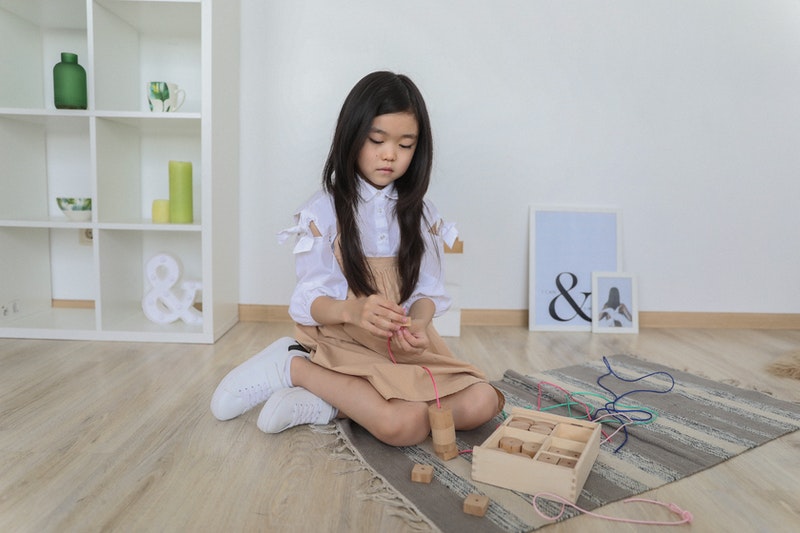
There are two certifications to consider before you send your child to a centre.
The first certification to look at is the Singapore Preschool Accreditation Framework (SPARK). This is awarded to preschools that have a holistic development towards its curriculum.
Childcare centres with SPARK certification tend to be more popular, and thus will be hotly contested. As such, be prepared to be on a waitlist if you are aiming for one.
Another certification to look at is the Healthy Pre-Schools (HPS) accreditation. As the name implies, this focuses on the health aspects within the childcare centre.
This includes a healthy diet for the children enrolled in the centre, with activities that promote a healthier lifestyle.
There are two tiers of HPS: Basic and Platinum.

The list of childcare centres in Singapore is exhaustive.
Fortunately, ECDA provides a preschool search tool that lets you search for childcare centres by location or by childcare provider name.
It even provides upcoming preschools that are now open for interest registration.
Furthermore, you can filter the search based on distance to your home, availability, and childcare grade.
Childcare centres that are listed on the ECDA preschool search tool are also indicated if they qualify for certifications such as SPARK or HPS.
ALSO READ: What to look for in a preschool: Decoding the jargon
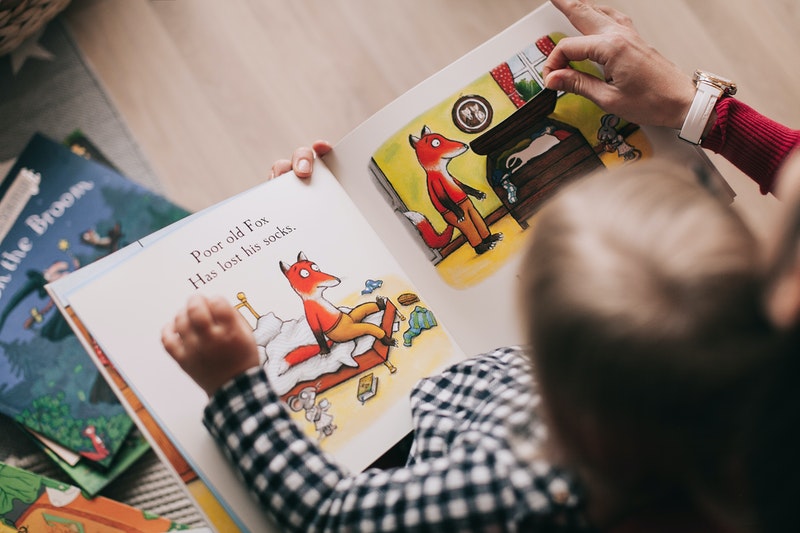
Just like primary school registration, the fight for a spot in popular childcare centres can get competitive.
Thus, to avoid disappointment, make sure you register early for your preferred preschool.
You can start registering your interest on ECDA for the preschool that you are keen on sending your child to.
As mentioned above, you can even register interest for your child at newly minted childcare centres that are about to start operation.
Alternatively, you can reach out directly to the childcare centres operator and register on their website.
Be sure to register early (three to six months) before your child is about to enrol so that you will be in front of the line for a spot.
For popular childcare centres, you might even have to start queuing earlier.
To register your child, you will need the following documents:
These are the standard documents that you will need to register your child at the childcare. Other supporting documents might also be requested by the childcare centres on a case-by-case basis.
ALSO READ: 6 signs that the childcare centre is not right for your toddler and you
When you register your child into the childcare centres, there are costs involved:
The cost of preschool education can be expensive, especially if you opt for a private childcare centres.
One hack for parents is to make use of the government’s dollar-for-dollar matching on your child’s Child Development Account (CDA).
Then use the CDA to pay for the childcare fees since it is an approved use.
However, do note that not all childcare centres are under the approved list for CDA usage. You can check the list of approved institutions on MSF website.
Besides childcare fees, there are other miscellaneous expenses.
For instance, you will need to prepare a plethora of items (see next point) for them at the childcare centres.
For these items, you can’t pay for them with your child’s CDA.
However, you can still be smart about these miscellaneous expenses by paying for it with your credit card and earning some reward points/cashback.
ALSO READ: 10 most expensive preschools in Singapore
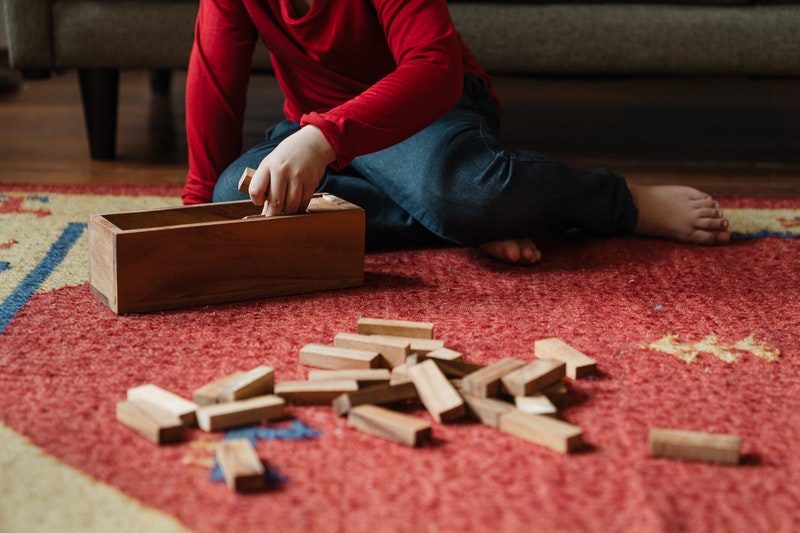
Many things can happen at the childcare centres and you need to ensure that your child’s preschool teacher is prepared for it.
For childcare, here is a recommended list of items to pack:
For infant care, parents will need to pack the usual diaper bag items that you usually bring when you bring your infant out with the following items:
Childcare is the start of your child’s education journey. The journey will only get more expensive, so start saving up for your child’s future education expenses.
ALSO READ: Is your toddler ready for preschool? 5 unexpected costs to budget for
This article was first published in SingSaver.com.sg.